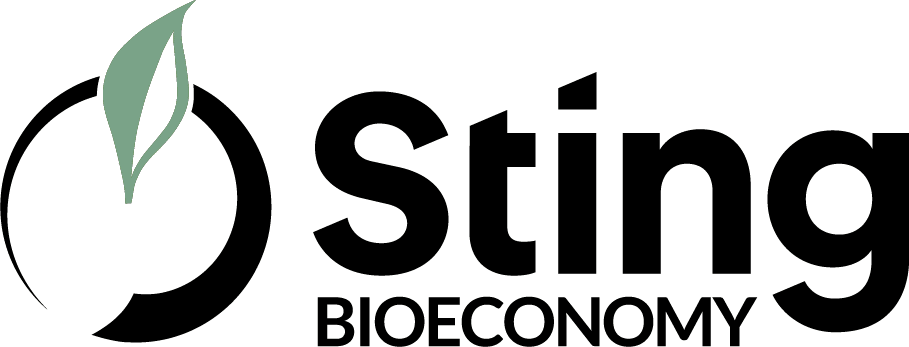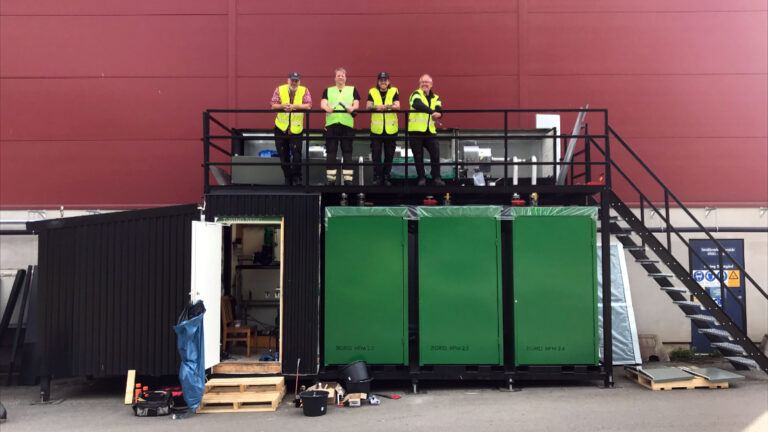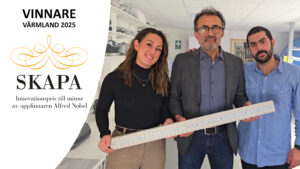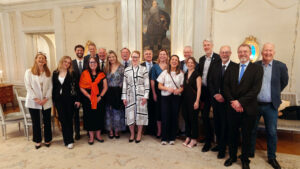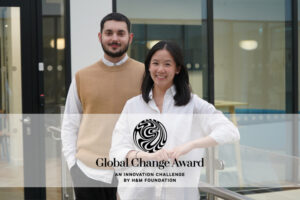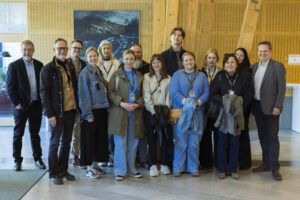A Swedish innovation with the potential to revolutionize our approach to energy waste has emerged in the form of Zigrids patented heat-power module. A solution that now is installed in an active industrial setting for the first time. This breakthrough solution can generate electricity from waste heat, significantly reducing CO2 emissions in industrial and power production plants.
Lars Birging, CEO of Zigrid AB, expresses his excitement, saying, “It’s truly exhilarating; we’ve been working toward this moment for a long time.”
With patents covering both the methodology and technical aspects of Zigrid‘s solution, and after extensive work on prototypes and test facilities, the company is now entering an exciting phase. The heat-power module has been installed at Baettr in Guldsmedshyttan, Sweden, where it will be applied in the casting industry.
“We will actively work on-site at Baettr to optimize and stress-test the equipment. So far, our testing has been limited due to a lack of access to sufficiently large heat flows. It’s thrilling to reach this milestone, and our goal is to pursue a larger installation by 2024, ideally integrated with hydrogen production. Currently, our prediction is that we will scale up with additional installations by the end of 2025,” says Lars Birging.
Out of all the energy produced, only 30 percent is utilized, with the rest dissipating as waste heat, particularly waste heat with temperatures below 100 degrees Celsius. By harnessing this waste heat and converting some of it into new energy and electricity, Zigrid’s solution has the potential to significantly reduce CO2 emissions on a large scale. In Europe, the average CO2 emissions for producing one kWh of energy are 250 grams. In Sweden, the average is lower at 25 grams. With Zigrid’s solution, emissions can be reduced all the way down to 4.3 grams.
“When we launched Zigrid, our mission was to play a pivotal role in combating the upward trend in CO2 emissions. Our solution is truly unique; there is nothing else like it anywhere in the world,” says Lars Birging.
For industries across various sectors, Zigrid’s innovation opens doors to reduced costs, increased circularity, and reduced dependence on the power grid. By utilizing waste heat generated within their own industries and converting it into electricity for production purposes, businesses can reap substantial benefits. Additionally, the need for energy to cool down waste heat before release into the environment is reduced.
In Europe, approximately 2,860 TWh of waste energy is “available.”
“There is tremendous potential in Europe for the solution we offer. Industrial clients can expect a return on investment within 2 to 5 years, depending on the specific conditions. In the short term, significant opportunities exist in industries such as paper and pulp, steel, chemistry, and hydrogen gas. In the long run, the potential for power production itself is incredible,” concludes Lars Birging.
